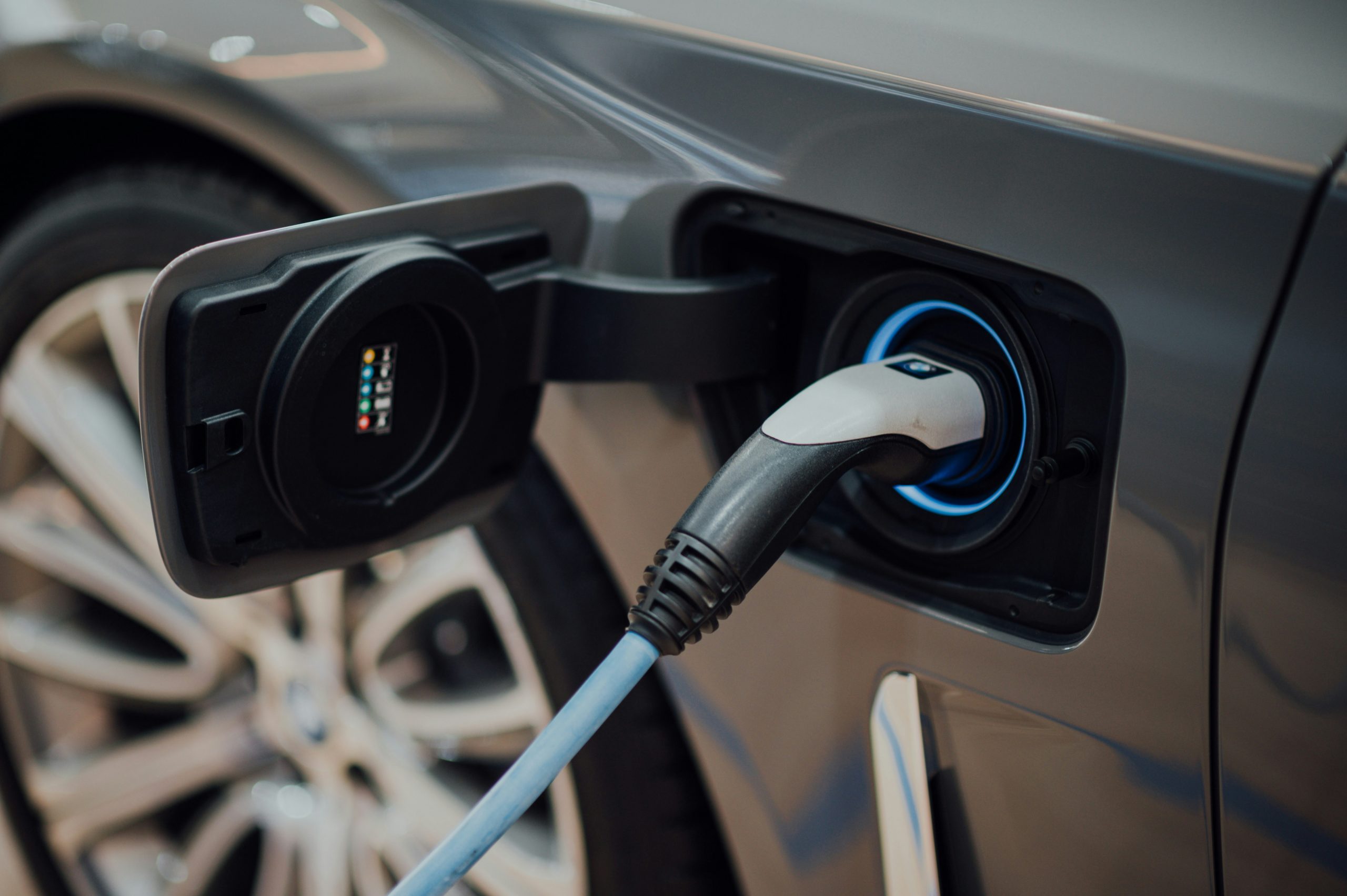Challenges and opportunities for e-mobility
The electrification of the transport sector is a key pillar in the EU’s decarbonisation strategy. Estimates show the European electric vehicle (EV) fleet will grow by more than six times by 2030, posing complex challenges to current power systems.
Grid reliability
User-Centereed Approach
To address these complexities, AI-informed Holistic Electric Vehicles Integration Approaches for Distribution Grids – AHEAD – will develop and integrate different methodologies and approaches into new AI based tools to predict and plan EV charging infrastructure location, supporting grid operators (DSOs and TSOs) in planning decisions.

AHEAD will create a simulation environment capable of predicting the most convenient locations to place EV charging stations while optimising the usage of the power grid resources and that of the charging stations in urban and rural areas. This simulation environment will exploit the unique features of the latest AI models and include two layers: a spatial mapping—placing the chargers where the people need them to be—and that of the power grid—placing the chargers where the grid can support them.
Innovative smart charging algorithms will be designed and tested in the model to minimise the impact of EV charging pools on the network while ensuring economic benefits for consumers. These smart charging algorithms will be tested in three demonstration sites to assess the technical and economic feasibility of smart charging light and heavy-duty EVs and boats.
Particular attention will be given to the user experience and cybersecurity and understanding how to minimise the impact of smart charging on the users while creating a model to simulate cyber-attacks on the chargers to suggest defensive mechanisms for system protection.
Project consortium
AHEAD brings together 21 partners from 9 European countries and 5 associated partners representing research and academia, technology providers, governmental and public entities, system operators, TSOs, DSOs, service providers, CPOs, utilities, OEMs, and end-users.
Coordinator


















